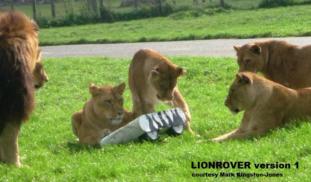30
0
0
Like?
Please wait...
About This Project
Many predators have complex, unpredictable hunting behaviours, which we believe can be promoted in captive situations by using high tech environmental enrichment. At our ZooJam in November (a multi-disciplinary workshop), we designed such enrichment for sea lions, penguins and large cats. Now, with your help, we're ready to start building and testing prototypes


